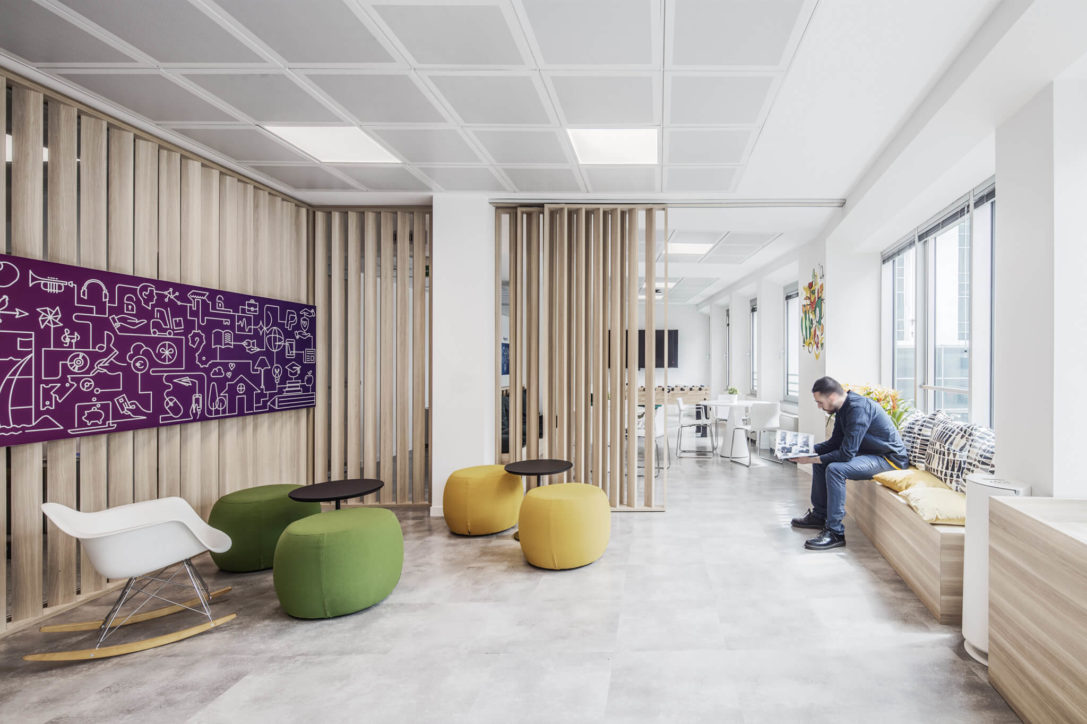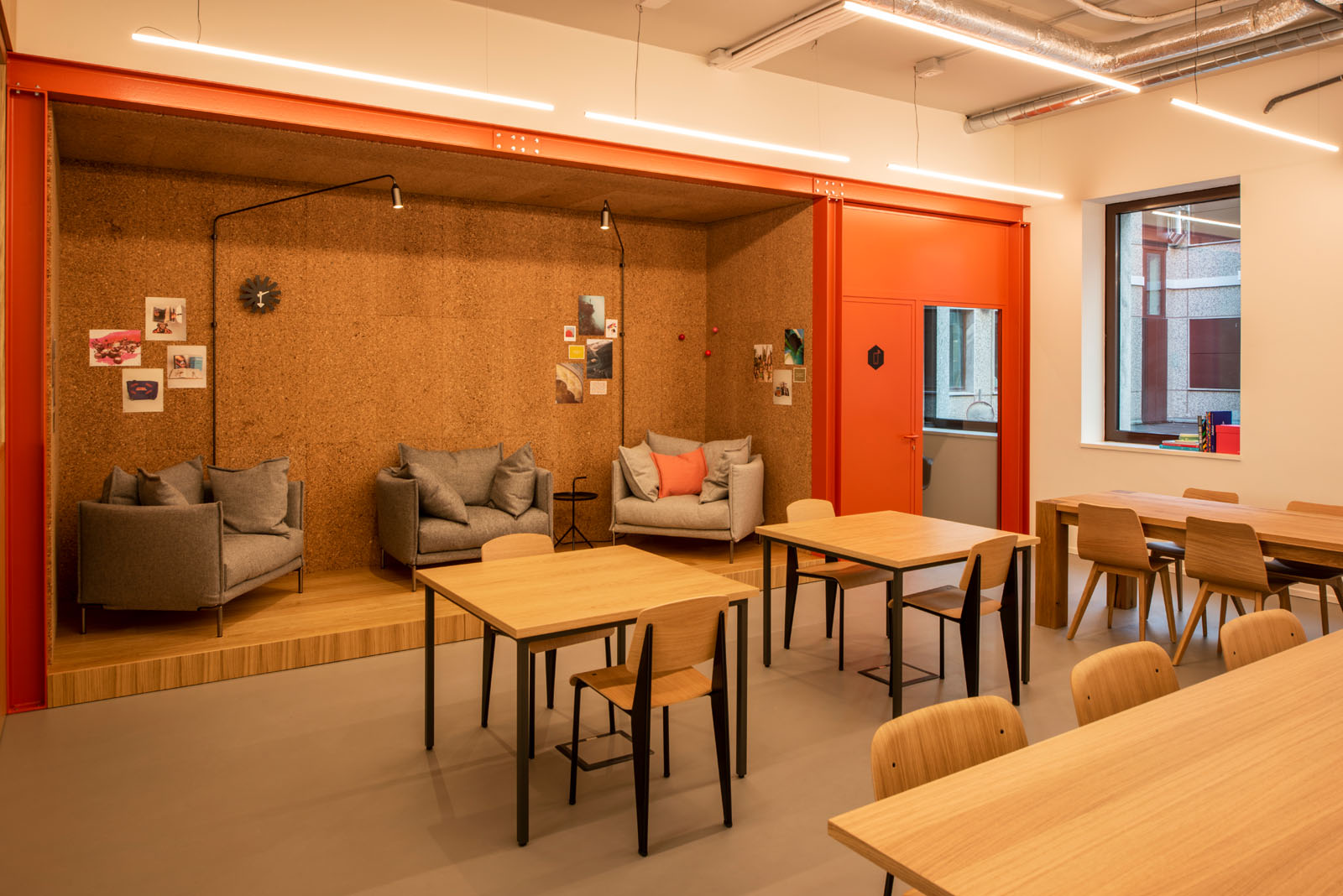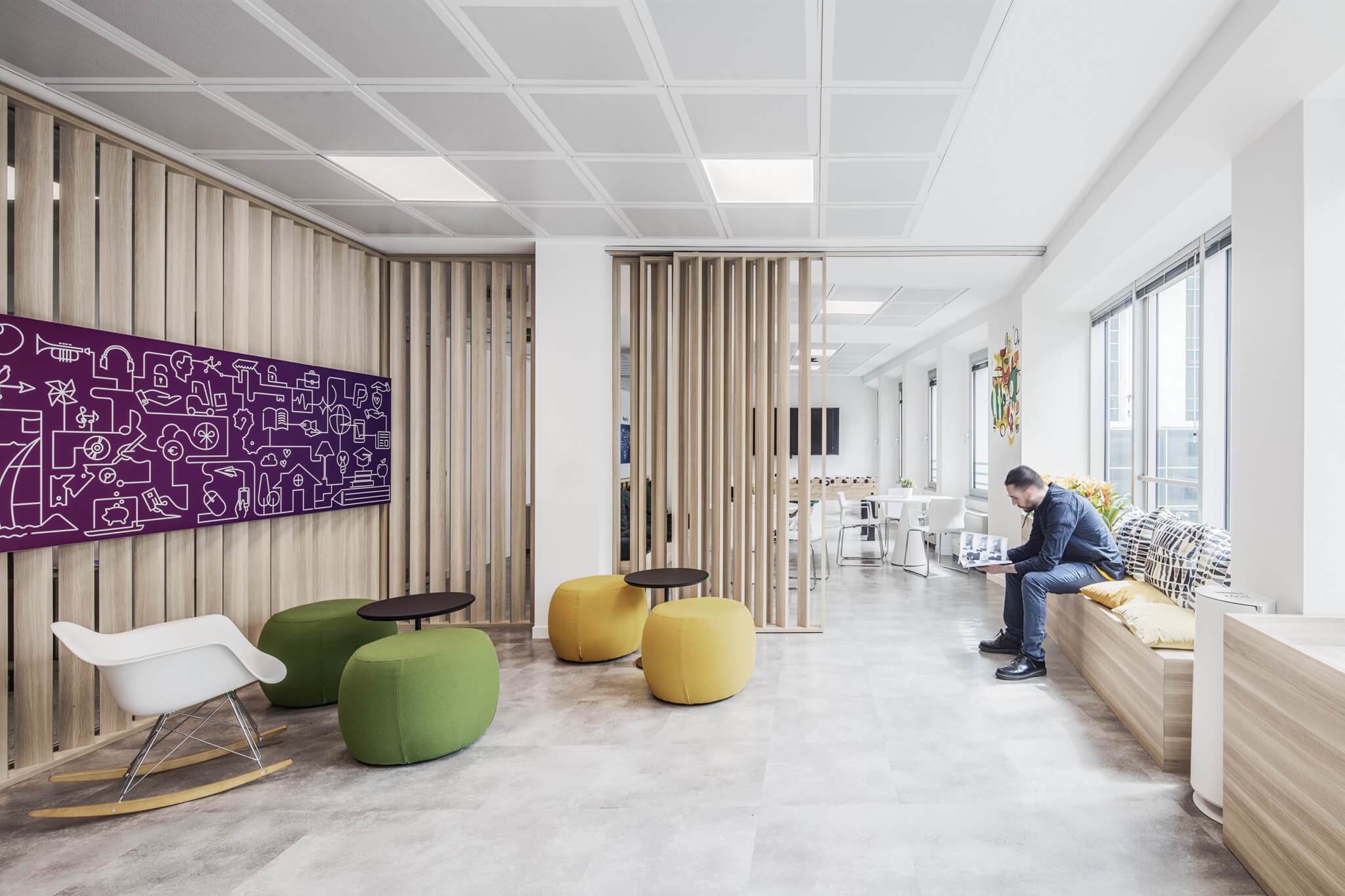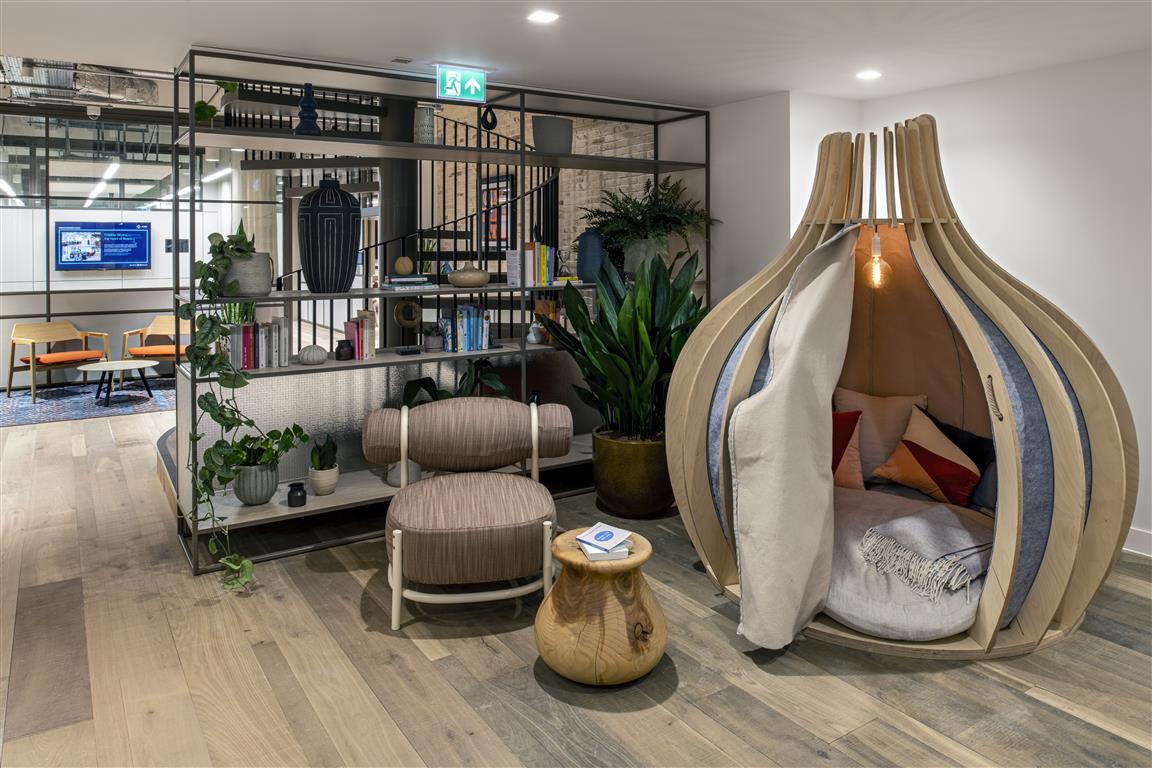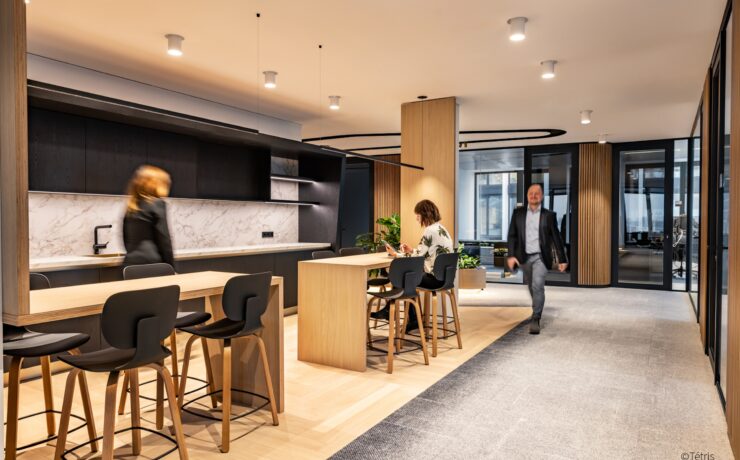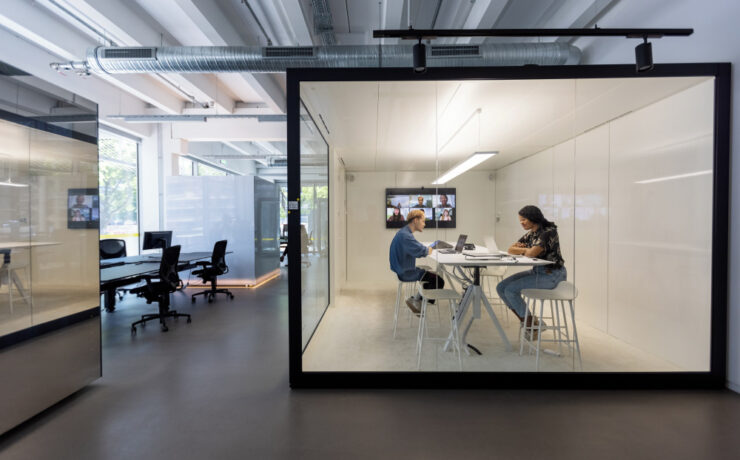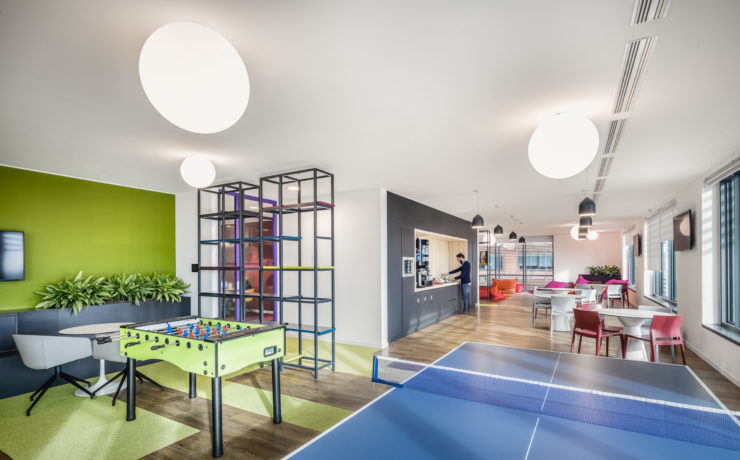With the ‘always on’ culture a major factor impacting work-life balance, Silvia Aranda, Design Operations Director, EMEA at Tétris, explains how the JOMO (Joy of Missing Out) concept is important to give us a break from our screens, especially during the pandemic.
We’re under constant bombardment. Emails can arrive in your inbox at any time of the day or night – and if you’re into wearables, you’ll ‘feel’ them on your wrist. Then there are our social media timelines, WhatsApp groups and the latest breaking news to follow. With many of us working from home, the lines between work and private life have all but disappeared and the ‘9 to 5’ work culture no longer exists; we’re constantly connected.
Our digital habits have become so entrenched that we’re at risk of losing the art of concentration. We’ve become too accessible, too prone to interruption. With research saying most of us (Millennials in particular) check our phones on average 150 times a day, imagine what that’s doing to our productivity levels.
How do you digitally detox during the pandemic?
With new waves of COVID-19, renewed lockdowns and the resulting mental fatigue we’re experiencing, there’s a lot to deal with. Competing work and home priorities, and a greater reliance on technology to get our jobs done and stay connected with friends and family, mean we’re on the path to digital burnout.
So how do we disconnect while working from home? Small, conscious actions can help you take some time out and boost your productivity when you’re back at your desk. For example, take a dedicated lunch break without your phone, go for a walk or play distraction-free with your child or pet for 20 minutes. Create no-phone zones in your home to avoid the temptation of endless scrolling or set screentime limits on your devices.
And there’s no need to feel guilty for switching off at the end of the work day. Some countries like France have even given employees the right to avoid answering work emails out of hours. It’s got everything to do with how a company values the work/life balance of staff.
What about when we return to the office?
Get-ahead companies will push the pause button and introduce ‘digital dead zones’ – spaces in the office where there is no Wi-Fi coverage.
These disconnected spaces can be a great location choice for holding efficient no-tech meetings such as creative brainstorm sessions or forums that require focused attention and in-person interaction.
They can equally be a valuable space for individual use. A purposeful Wi-Fi dead zone enables employees to fully concentrate on a task without any kind of digi-interruption.
And finally, they can support wellbeing initiatives. At the very least, it can simply encourage face-to-face conversation among colleagues, a key function of the workplace of the future.
Going a step further, creating relaxation rooms within digital dead zones can support mindfulness activities like meditation or yoga, promoting breaks from prolonged screen time and adding to the employee experience in the workplace.
While it may seem counter-productive to encourage taking a break from the tech we rely on to be effective, it sends an important message about employee wellbeing. There’s plenty of evidence to suggest that ‘switching off’ regularly is essential to manage stress and avoid burnout. Plus, with mental wellbeing a growing priority, incorporating spaces that enable digital detoxing says a lot of good things about a company’s ethos and its workplace culture.

